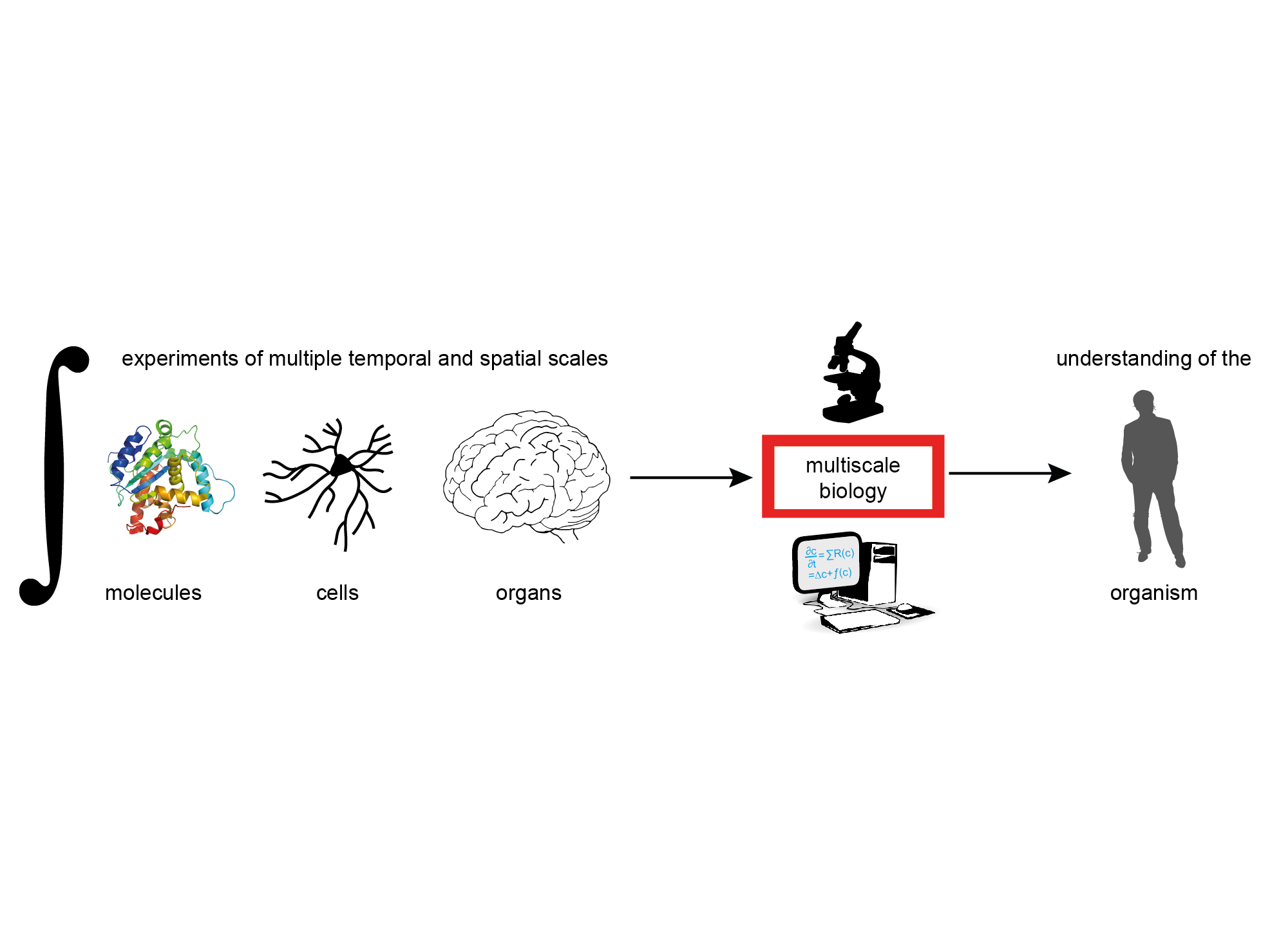Our research projects
The Integrative Cell Signalling group is involved in several research projects focusing on intracellular interactions and their dynamics:
-
Duration:
ongoing
-
Funding source:
FNR, EU
-
Researchers:
Elle Wilson, Carmen Lahr, Thais Arns, Valerie Voorsluijs
-
Partners:
-
Description:
Cell fate commitment is the key process for understanding how a multicellular organism’s genotype gives rise to phenotypic traits including disease development and progression. To understand the role of epigenetically-induced cell heterogeneity and its importance for development and pathogenesis, we analyse population dynamics of hematopoietic stem and human breast cancer cells at single cell resolution. We quantify cellular heterogeneity dynamics by combining flux cytometry, microarray, single cell qPCR and RNAseq approaches including our Drop-Seq tool with microscopy and bioinformatics analyses. The resulting multi-scale data enables to get a comprehensive picture of cell fate dynamics and is integrated into a developmental modelling framework. The methods developed to characterise critical transition of cell states in this project are also applied to changes of mitochondrial dynamics.
-
Project details (PDF):
-
Duration:
ongoing
-
Funding source:
This project receives funding by the FNR.
-
Researchers:
Carmen Lahr, Valerie Voorsluijs, Sundas Arshad
-
Partners:
-
Description:
Brain energy metabolism is based on the fine-tuned interplay of glycolysis and mitochondrial activity, as the energy providing pathways, and intercellular energy transfer. It represents a promising unifying perspective for neurodegenerative diseases because mitochondrial dysfunction, as a common hallmark, interrelates several known pathological processes including dopamine synthesis, oxidative stress and proteostasis. To account for the complex interplay of different cell types in brain energy metabolism, we combine high-resolution imaging and mechanistic spatial modelling of intra- and intercellular energy homeostasis. In collaboration with Mark Ellisman at the National Center of Microscopy and Imaging Research (NCMIR) at La Jolla, we use super-resolution 3D electron microscopy (EM) to image astrocytic morphologies and mitochondria to develop spatiotemporal in silico models of intracellular energy metabolism that allow us to investigate the dynamic consequences of potentially disease related morphological and molecular impairments.
-
Project details (PDF):
-
Duration:
ongoing
-
Funding source:
This project is partially funded by the FNR.
-
Researchers:
Valerie Voorsluijs, Sundas Arshad
-
Partners:
-
Description:
Mitochondrial dysfunction plays an important role in the aetiology of neurodegeneration. To elucidate the underlying mechanisms, we study mitochondrial dynamics at different levels. First, we analyse the crosstalk between Ca2+ signalling and mitochondrial activity by live cell fluorescent imaging and dynamic modelling, and show how the coupling can increase robustness of energy homeostasis within cells. Second, we use PD-related iPS cell lines and pharmacological perturbations together with multiscale modelling to study mitochondrial transport and its impact on mitochondrial turnover. This fission- and fusion based processes ultimately determine the energy profiles along neurites and their functionality. Finally, we develop a microscopic in silico model of mitochondria to investigate how mitochondrial morphology is affecting energy production.
-
Project details (PDF):
